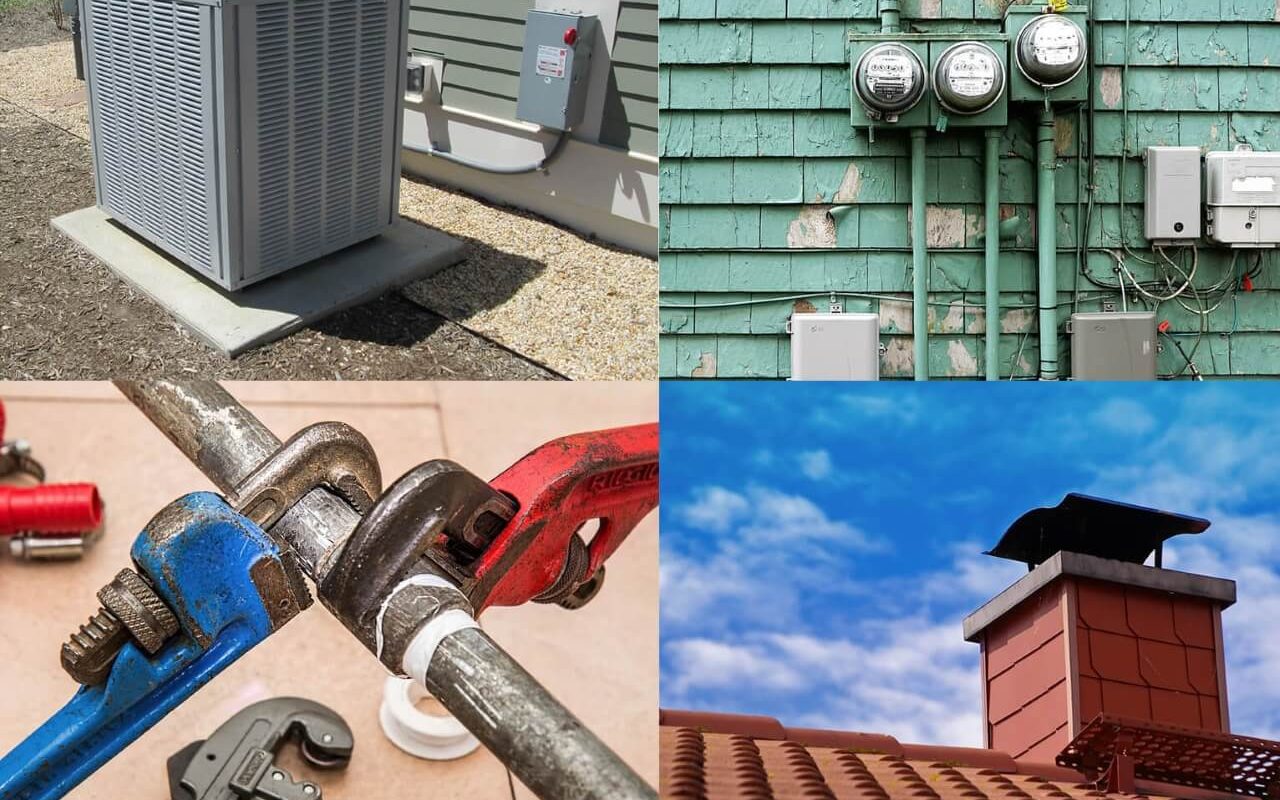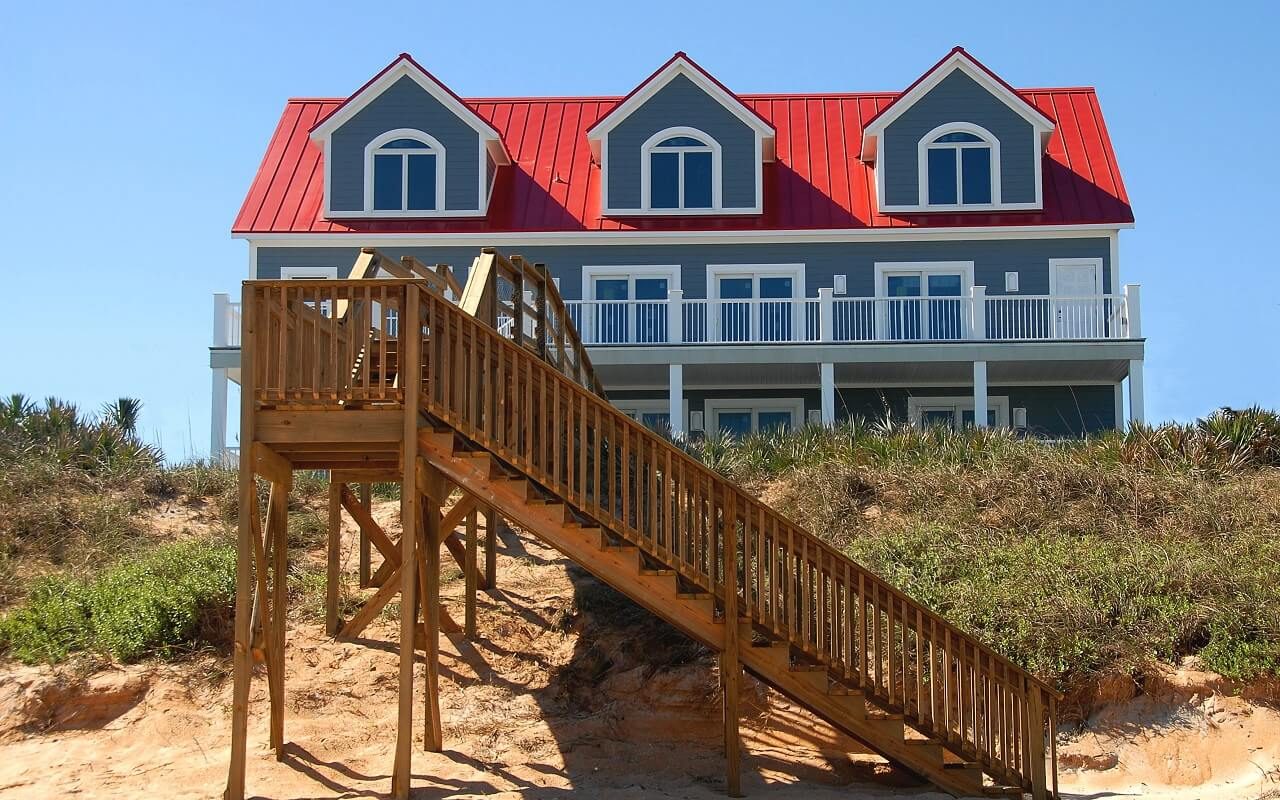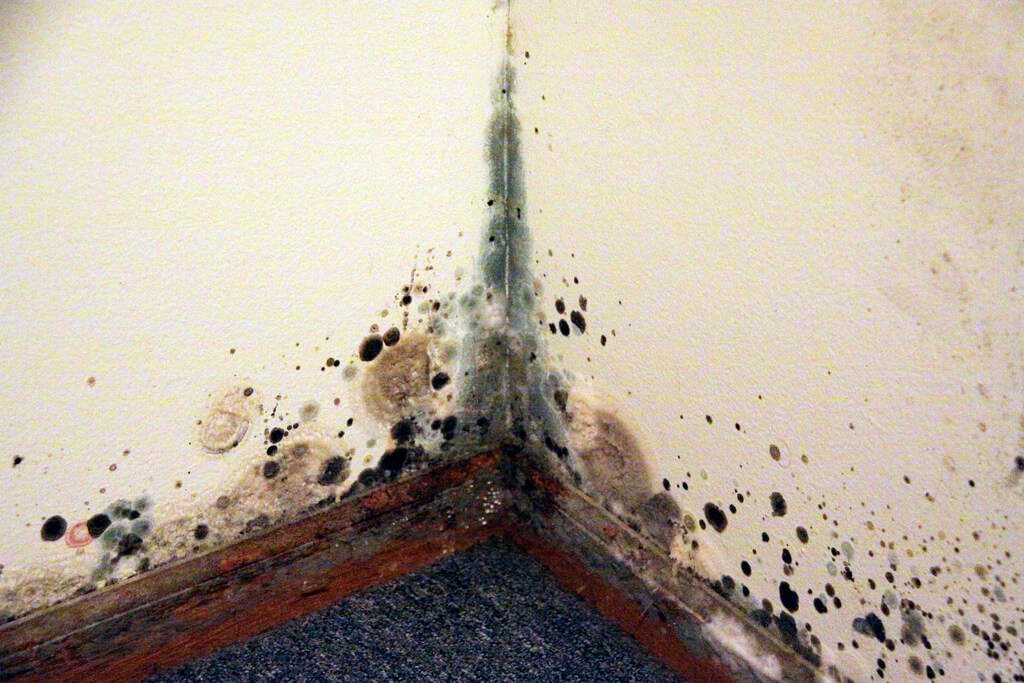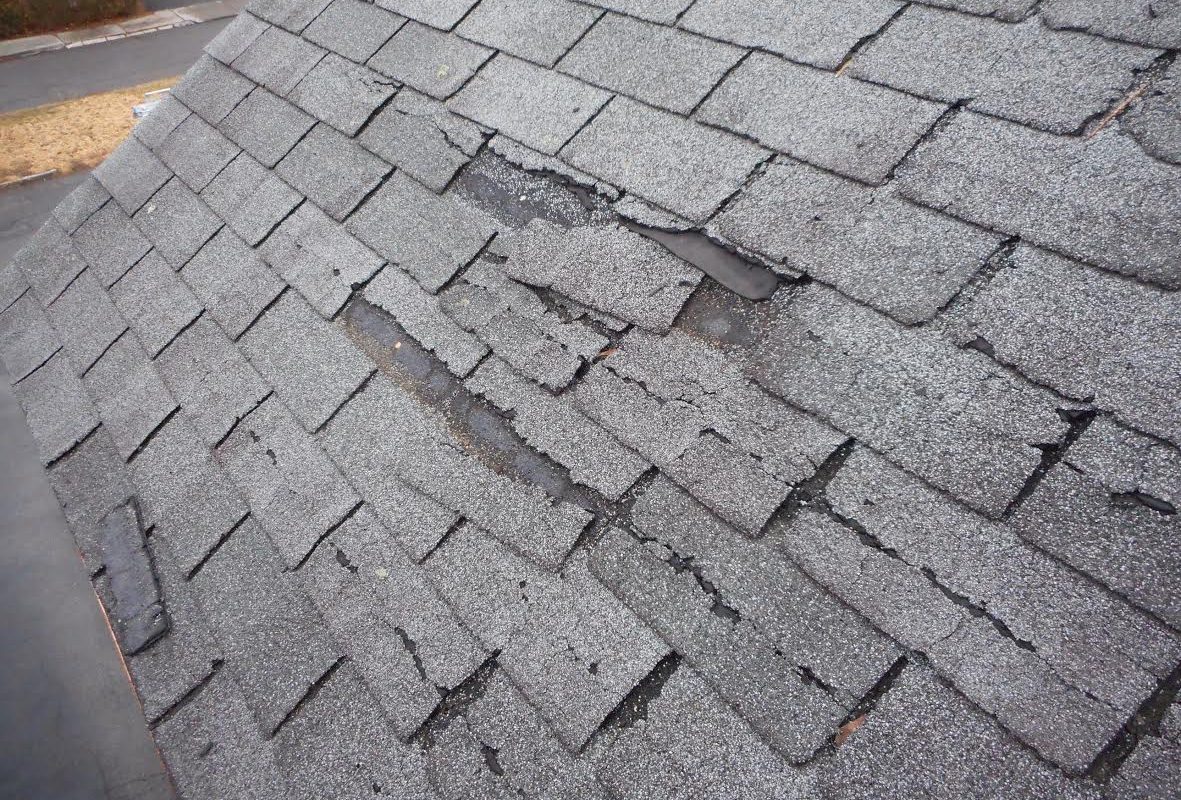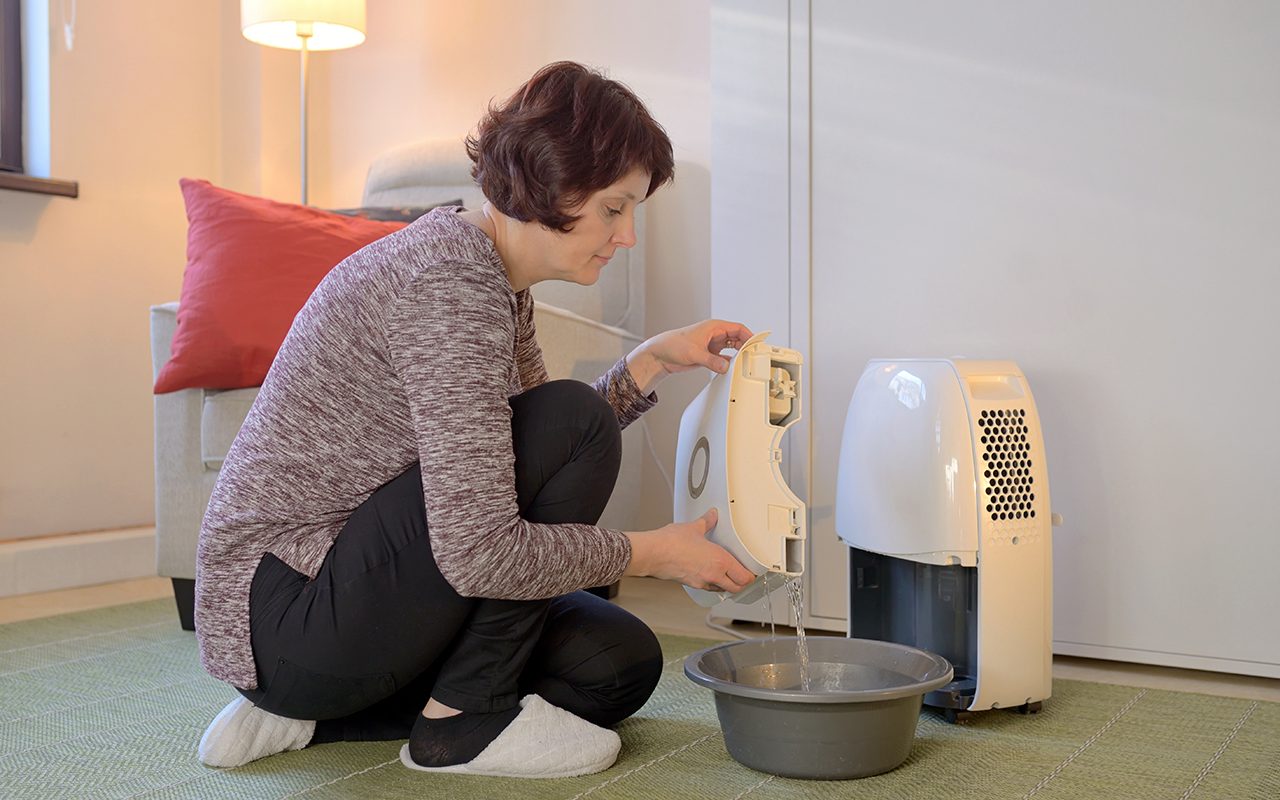A four-point home inspection is often needed if your homeowners insurance policy is up for renewal and you own an older house. Your insurance company will sometimes ask that you get this type of inspection completed as they work through their underwriting procedures.
What is a Four-Point Home Inspection?
Here is what your inspector will look at while conducting this type of inspection:
- HVAC (Heating, Ventilation, and Air Conditioning): This is checked out when you have a central air conditioning and heating system. The inspector wants to look at the overall condition of your HVAC system and to see whether there are signs of damage. HVACs are expensive to replace.
- Electrical Wiring System: The inspector will look at the wiring in your home. It’s possible you’ll be denied coverage if your home has aluminum wiring. Insurance companies take electrical problems seriously because old or faulty wiring can cause house fires. You’ll need to upgrade your electrical system if your home is deemed uninsurable because of the wiring.
- Plumbing System: The four-point home inspection looks at the home’s plumbing to determine if the pipes may leak or burst. Polybutylene plumbing has a high likelihood to fail. You may be denied coverage if your home has this type of plumbing. Another possibility is that you get insurance without water damage coverage.
- Roof: An inspector looks at the roof’s material, age, and overall condition. If your roof is damaged or nearing the end of its lifespan, it may not get insured. Other issues that may cause non-coverage are water leaks inside the attic.
If you need help with roofing, you can visit sites like https://kanga-roof.com/service-areas/troy/ or https://www.brownboysroofing.com/springdale/.
When Might You Need This Type of Inspection?
A four-point home inspection is generally ordered when you need to qualify for homeowners insurance and does not take as long as a full home inspection.
A four-point inspection is used to inspect areas of the home that typically cause insurance claims. It’s often required in coastal areas where severe weather can cause widespread devastation.
Differences When Compared to a Full Home Inspection
A four-point home inspection is limited to the four components of a home mentioned above. A full home inspection is far more comprehensive and includes, but is not limited to, items such as:
- Garage
- Structural integrity
- Kitchen fixtures
- Bathroom fixtures
- Kitchen appliances
- Interior and exterior areas
- Windows and doors
- Attic and insulation
- Siding and stucco
- Patios, porches, and balconies
Once your four-point home inspection has been completed, your inspector will inform you of any repairs that need to be made. The insurance provider will review the report to determine your homeowners insurance plan.
